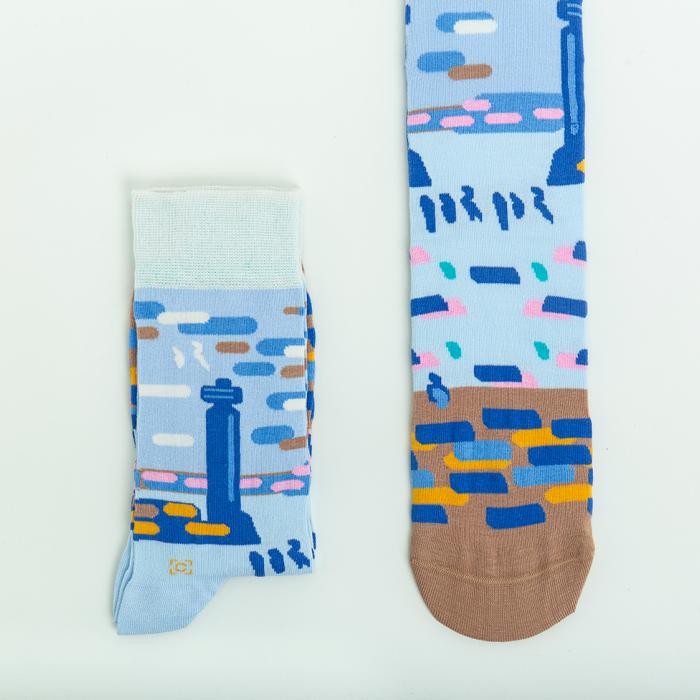We wish you could come to the Polar Museum at the moment, but whilst we are closed we thought you might like to make your own museum at home!
Watch the video, and download our activity pack.
Here are some ideas to get you started:
At the Whipple Museum we are very proud of our collection of maths equipment, including this cheerful “little professor” calculator. Colour him in and see what other mathematical equipment you can find around you! We'd love to see your finished results - share your photos with us on twitter @WhippleMuseum or by emailing whipplelearning@gmail.com.
It’s estimated that there are about 20 million penguins in Antarctica. When it’s really cold they huddle together to keep warm. The most extreme huddle ever recorded was 19 Emperor penguins within a square metre!
Have a go at making your own penguin. All you need is some paper, and a pen for drawing on the eyes.
What does Frank need on his polar adventure? What will he eat? How will he stay warm? How will he stay cheerful?
Download our activity sheet to give him a helping hand.
A series of activities inspired by the barrel organ in our collection at the Polar Museum. Enjoy learning about music on board ship, finding out how music affects us and have a go at making some of your own.
A teacher pack to accompany this film is available at spri.cam.ac.uk/museum/resources/
You can explore The Polar Museum's collections online at spri.cam.ac.uk/collections/
Check out the videos on this page to find out how you can complete a Discover Arts Award.
We're afraid we're not longer able to issue certificates as the videos suggest, but you're welcome to enjoy taking part in this activity!
A series of activities inspired by some of the diaries in our collection at the Scott Polar Research Institute. Enjoy recording your observations during your own expeditions.
This resource is designed to help you Look, Think, and Do inspired by 'The Last of England by Ford Madox Brown. The travellers in this painting are some of the millions who left Great Britain in the middle of the 19th century in search of a better standard of living. The artist, Ford Madox Brown, considered moving to India towards the end of 1852. This painting was inspired by the departure of his friend, the sculptor Thomas Woolner, who headed to Australia in search of gold.

